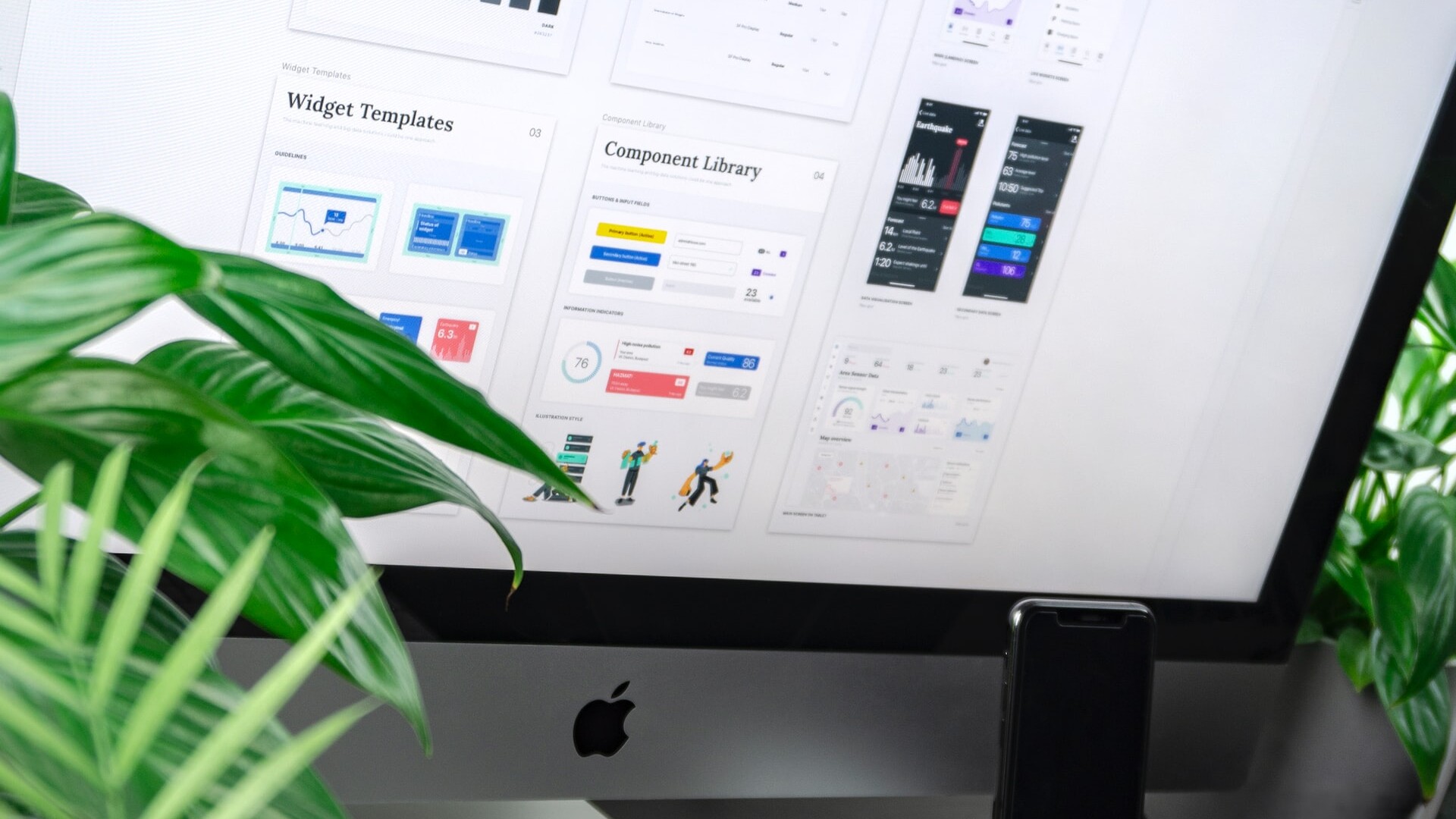The Benefits of User Research
Why Do the Research?
Understanding your audience is the most important step in beginning the design strategy for your brand. Focusing on your audience’s behaviors, needs, and motivations can pave the way for the best possible designs that will appeal to the user experience. Common methods used in evaluating your users involve observation techniques, task analysis and other feedback strategies. Why go through this process? To truly understand the impact of designs on the intended users.
As with any user research, the subjects must be studied for a greater level of understanding – once that level is achieved, the necessary or wanted improvements can be made in order to build that ideal web and brand environment.

How?
To ensure that the needed research is thorough, analysts can consider speaking directly to their interviewees, engaging in contextual interviews that will enable observation of the users in their natural environment – lending a more thorough understanding of the way they tick. Sympathizing with the user and how he or she maneuvers around your website naturally can transfer insight toward improvements or tweaks.
People may feel too pressured in those types of tests; however, depending on the demographic, a more efficient method may involve focus groups, which provide a communal space where a discussion is conducted with a group of users. When they find themselves among their peers, they may be more open to discussing attitudes, ideas, and user desires, opening the floor to greater input and valuable information straight from the source.
Alternatively, one-on-one interviews can contribute more information on an individual level. Tip: Structure this conversation as a casual, informative session, infusing an air of no judgment and basic discussion. When users are completely comfortable, they are more likely, to be honest about their interactions with a product/website instead of feeling as though they need to please or sugar-coat any feedback.
The Benefits
Finally, you can engage in usability testing, which will identify any user frustrations and possible issues with your website and its design. This is conducted as test participants try to complete the normal tasks within a website while observers simply watch, listen and take relevant notes. The goal? Classifying usability problems, and collecting qualitative and quantitative data while understanding and determining the user’s satisfaction with the product. Benefits include: learning if participants are able to complete the assigned tasks successfully, how long it takes them to complete those objectives and how satisfied they are with the overall experience.
Usually, these tests require time and concentration to glean the best information from the participants. While time is not always available, a brand is strongly encouraged to project these types of analyses, to deeply understand their audience and demographic, solve any problems that users may have, and consequently increase interaction with their website, fostering brand connection. Communication is key – connecting on a meaningful level with your audience brings it all together.
Next Item
Adapting To Change

Related Articles
Navigating Usability Testing for Effective UX Design
June 19, 2024
The Future of User Experience
March 18, 2023


